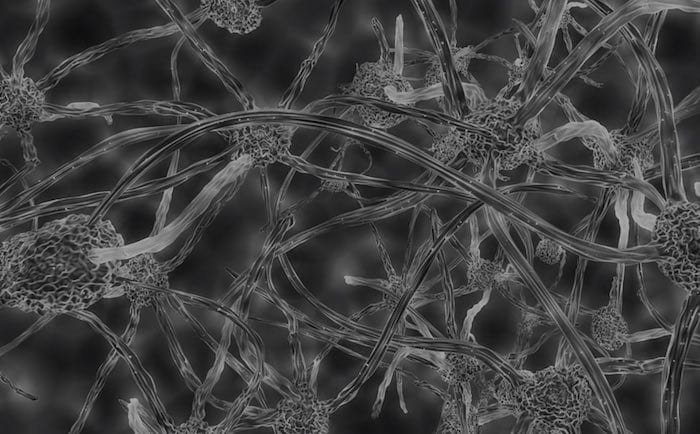Ammon Anyone?
aka Metabolic Muddle 010
You’ve just been handed over a patient who has an altered mental status when the phone rings. It’s the lab – you’re told that your patient has a serum ammonia level of 250 umol/L (reference range, 11-35 umol/L).
Questions
Q1. What are the possible causes of hyperammonaemia?
Answer and interpretation
Except for obvious liver failure, hyperammonaemia is easily forgotten as a potential cause of metabolic encephalopathy. Ammonia is produced by the hepatic metabolism of amino acids and is primarily degraded via the urea cycle.
The causes of hyperammonemia include:
Overproduction of ammonia
- Protein load
- gastrointestinal hemorrhage
- gastric bypass
- multiple myeloma
- allogeneic stem cell transplantation
- parenteral nutrition
- Increased catabolism
- starvation
- seizures
- vigorous exercise
- burns
- corticosteroids
- Urinary
- urease-producing infection (e.g. Proteus and Klebsiella spp.)
- congenital ureteric obstruction associated with infection
Reduced elimination
- Liver failure (acute or chronic)
- Drugs and toxins
- valproate
- carbamazepine
- salicylates
- rifampicin
- hepatotoxic drugs (e.g. paracetamol, halothane) and toxins (e.g. mushrooms)
- Metabolic errors
- urea cycle disorders
- organic acidaemias
- fatty acid oxidation disorders
In the absence of obvious liver dysfunction or a drug cause, metabolic errors should be considered. Some metabolic errors can go undiagnosed until adulthood.
References
- Crosbie DC et al. Late-onset ornithine transcarbamylase deficiency: a potentially fatal yet treatable cause of coma. Crit Care Resusc. 2009 Sep;11(3):222-7. [PMID 19737127]

CLINICAL CASES
Metabolic Muddle
Chris is an Intensivist and ECMO specialist at The Alfred ICU, where he is Deputy Director (Education). He is a Clinical Adjunct Associate Professor at Monash University, the Lead for the Clinician Educator Incubator programme, and a CICM First Part Examiner.
He is an internationally recognised Clinician Educator with a passion for helping clinicians learn and for improving the clinical performance of individuals and collectives. He was one of the founders of the FOAM movement (Free Open-Access Medical education) has been recognised for his contributions to education with awards from ANZICS, ANZAHPE, and ACEM.
His one great achievement is being the father of three amazing children.
On Bluesky, he is @precordialthump.bsky.social and on the site that Elon has screwed up, he is @precordialthump.
| INTENSIVE | RAGE | Resuscitology | SMACC
